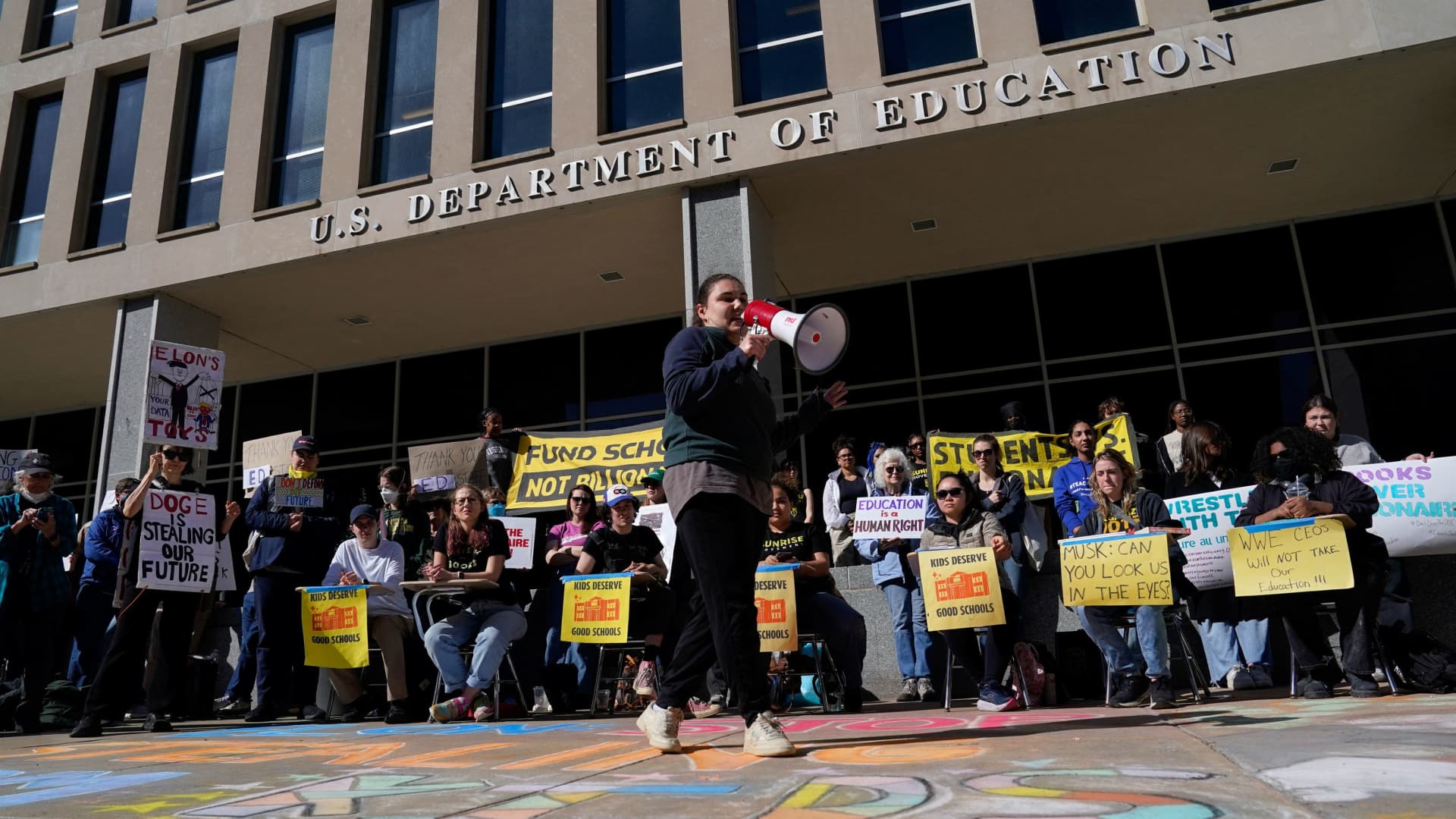List prices for the top 25 prescription drugs covered by Medicare Part D have nearly doubled, on average, since they were first brought to market, according to a new AARP report.
Moreover, that price growth has often exceeded the rate of inflation, according to the interest group representing Americans ages 50 and over.
The analysis comes as Medicare now has the ability to negotiate prescription drug costs after the Inflation Reduction Act was signed into law by President Joe Biden in 2022.
Notably, only certain drugs are eligible for those price negotiations.
The Biden administration in August released a list of the first 10 drugs to be included, which may prompt an estimated $6 billion in net savings for Medicare in 2026.
Another list of 15 Part D drugs selected for negotiation for 2027 is set to be announced by Feb. 1 by the Centers for Medicare and Medicaid Services.
AARP studied the top 25 Part D drugs as of 2022 that are not currently subject to Medicare price negotiation. However, there is a “pretty strong likelihood” at least some of the drugs on that list may be selected in the second line of negotiation, according to Leigh Purvis, prescription drug policy principal at AARP.
Those 25 drugs have increased by an average of 98%, or nearly doubled, since they entered the market, the research found, with lifetime price increases ranging from 0% to 293%.
Price increases that took place after the drugs began selling on the market were responsible for a “substantial portion” of the current list prices, AARP found.
The top 25 treatments have been on the market for an average of 11 years, with timelines ranging from five to 28 years.
The findings highlight the importance of allowing Medicare to negotiate drug prices, as well as having a mechanism to discourage annual price increases, Purvis said. Under the Inflation Reduction Act, drug companies will also be penalized for price increases that exceed inflation.
Notably, a new $2,000 annual cap on out-of-pocket Part D prescription drug costs goes into effect this year. Beneficiaries will also have the option of spreading out those costs over the course of the year, rather than paying all at once. Insulin has also been capped at $35 per month for Medicare beneficiaries.
More from Personal Finance:
Maximize your 401(k) plan in 2025 with higher limits and catch-up contributions
Here are changes retirees will see from Social Security and Medicare in 2025
Biden withdrew student loan forgiveness plans. There is still debt relief available
Those caps help people who were previously spending upwards of $10,000 per year on their cost sharing of Part D prescription drugs, according to Purvis.
“The fact that there’s now a limit is incredibly important for them, but then also really important for everyone,” Purvis said. “Because everyone is just one very expensive prescription away from needing that out-of-pocket cap.”
The new law also expands an extra help program for Part D beneficiaries with low incomes.
“We do hear about people having to choose between splitting their pills to make them last longer, or between groceries and filling a prescription,” said Natalie Kean, director of federal health advocacy at Justice in Aging.
“The pressure of costs and prescription drugs is real, and especially for people with low incomes, who are trying to just meet their day-to-day needs,” Kean said.
As the new changes go into effect, retirees should notice tangible differences when they’re filling their prescriptions, she said.


 Blog Post1 week ago
Blog Post1 week ago
 Economics1 week ago
Economics1 week ago
 Finance1 week ago
Finance1 week ago
 Economics1 week ago
Economics1 week ago
 Economics1 week ago
Economics1 week ago
 Personal Finance1 week ago
Personal Finance1 week ago
 Accounting1 week ago
Accounting1 week ago
 Economics1 week ago
Economics1 week ago











